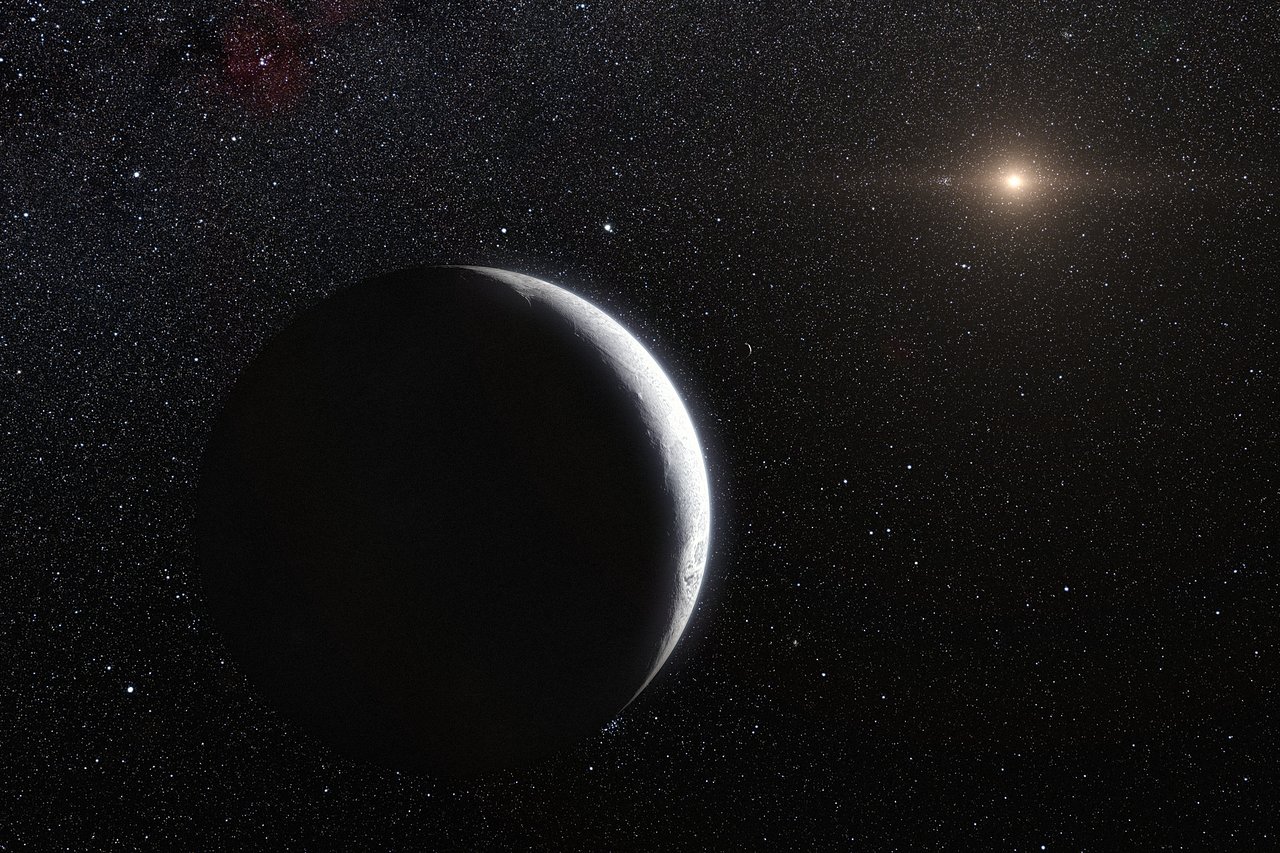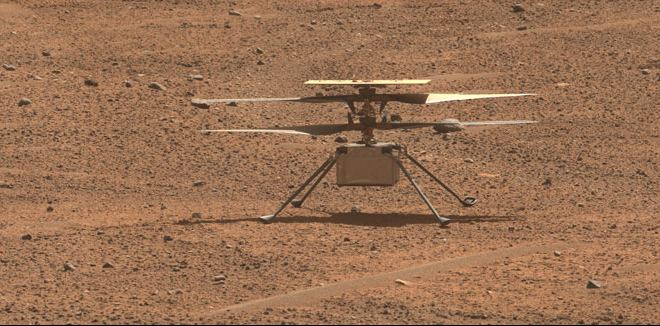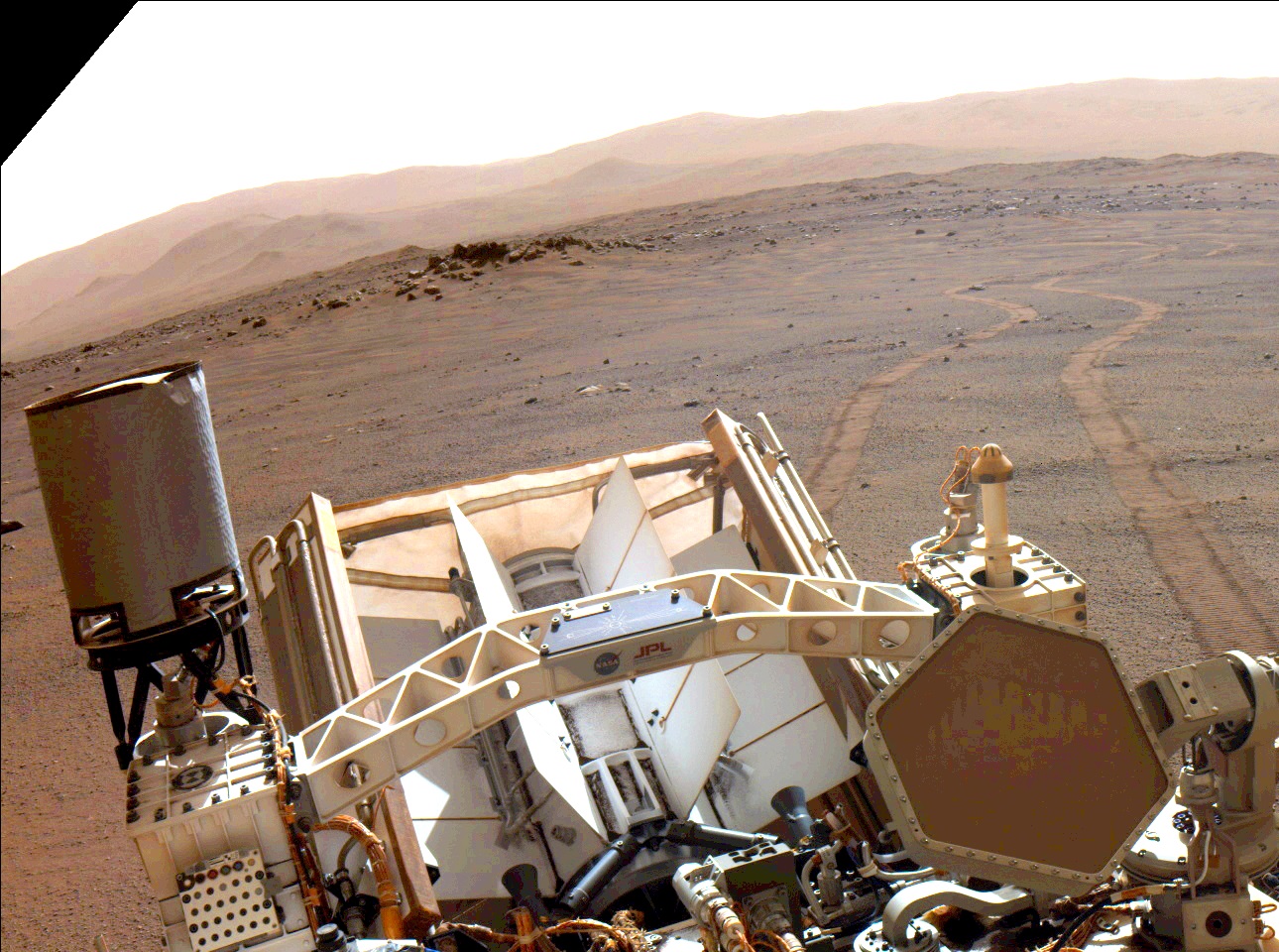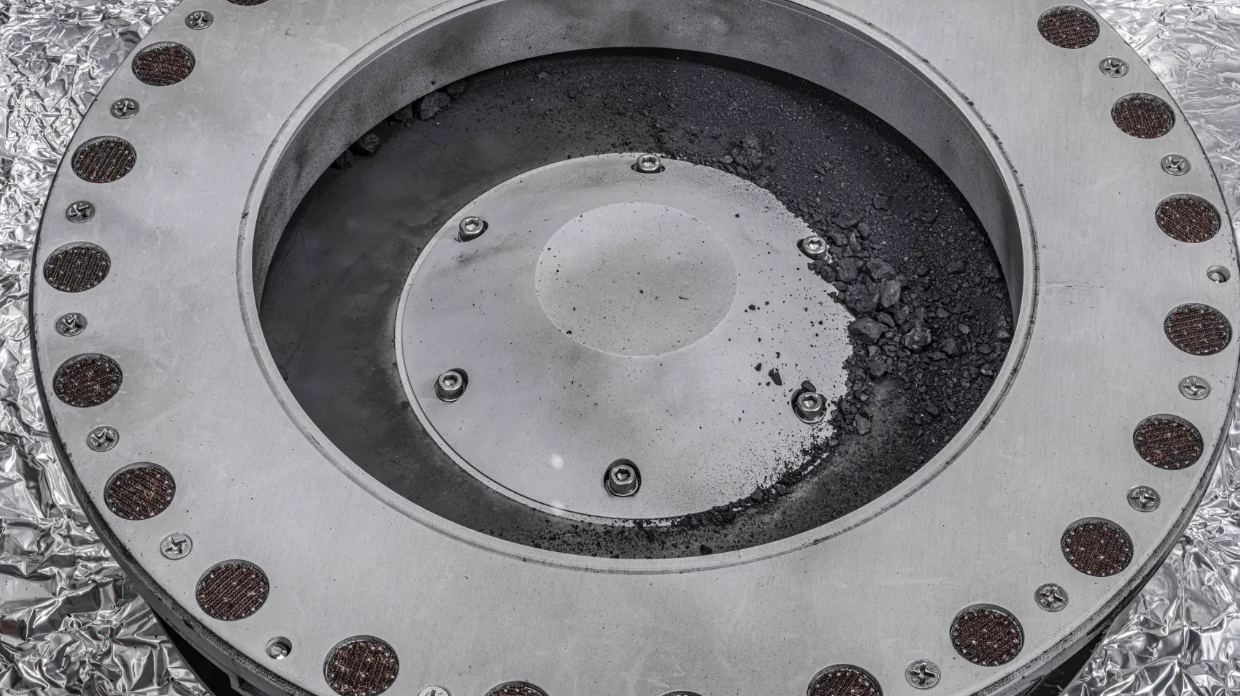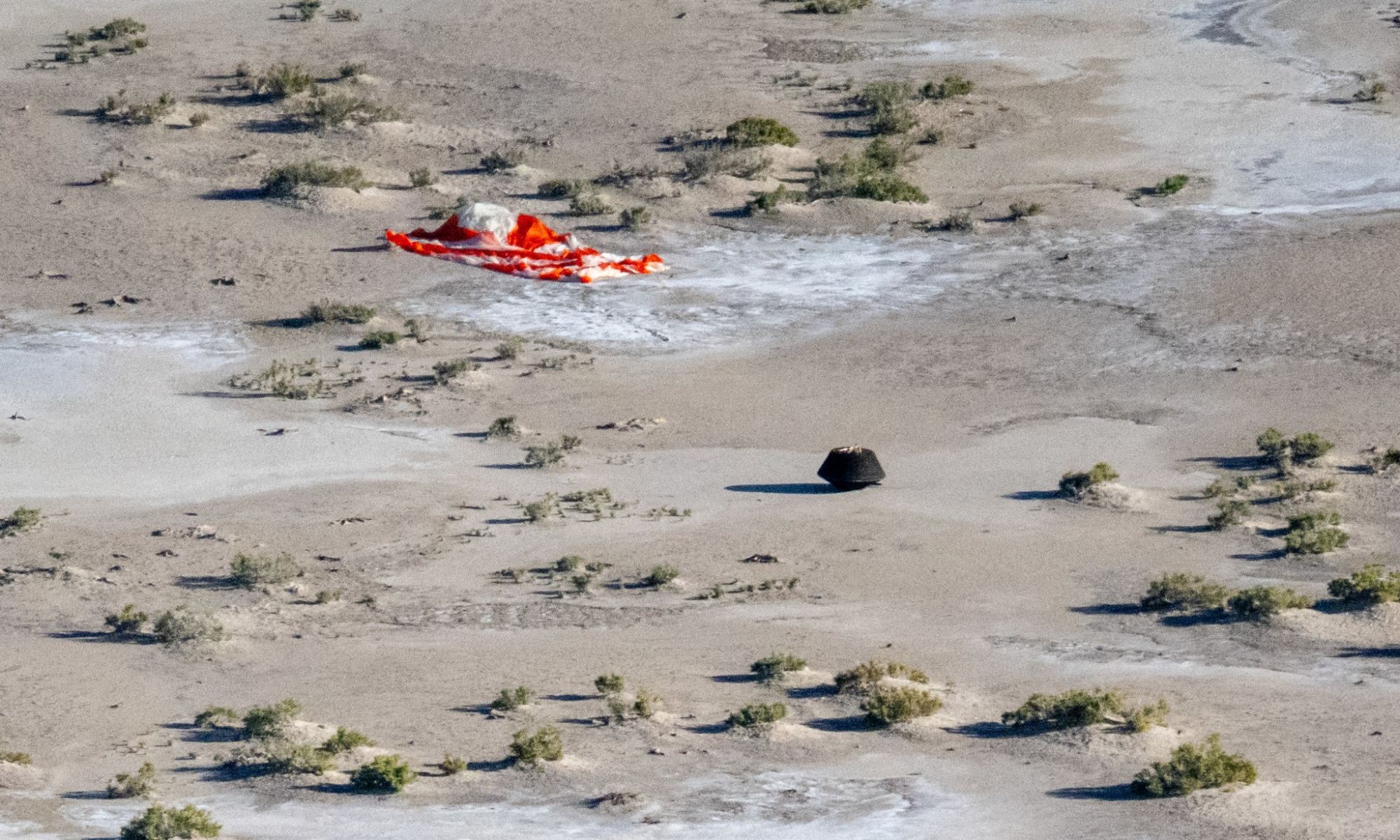For more than 46 years, the Voyager 1 probe has been traveling through space. On August 25th, 2012, it became the first spacecraft to cross the heliopause and enter interstellar space. Since then, mission controllers have maintained contact with the probe as part of an extended mission, which will last until the probe’s radioisotopic thermoelectric generators (RTGs) finally run out. Unfortunately, the Voyager 1 probe has been showing its age and signs of wear and tear, which is unavoidable when you’re the farthest spacecraft from Earth.
This includes issues with some of the probe’s subsystems, which have been a bit buggy lately. For instance, engineers at NASA recently announced that they were working to resolve an error with the probe’s flight data system (FDS). This system consists of three onboard computers responsible for communicating with another of Voyager 1’s subsystems, known as the telemetry modulation unit (TMU). As a result, while the spacecraft can receive and execute commands sent from Earth, it cannot send any science or engineering data back.
Continue reading “Voyager 1 Has Another Problem With its Computer System”

